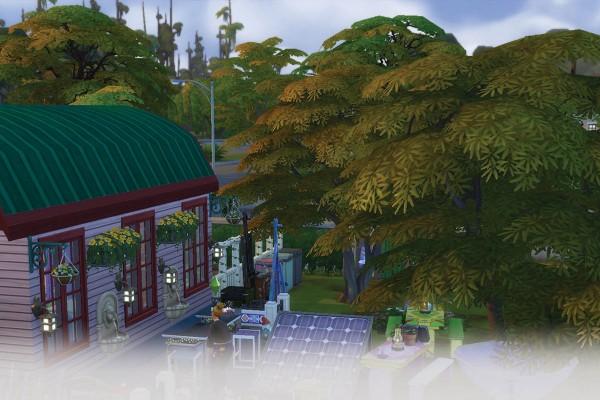Otago Uni has converted three of their UniFlats on Great King Street into a “sustainability neighbourhood” for 20 students in 2021. This “living lab” initiative will allow Otago researchers to study the potential environmental gains when sustainable living is made accessible for students.
Ray O’Brien, Head of Sustainability at the University of Otago, proposed this idea “in response to constant student inquiries” around the potential for environmentally conscious flatting. “This is the generation of climate strikers, they really care, and making a difference is a motivator for many of them to study.”
Longer term, O’Brien hopes that the living lab will successfully show other students what works, and what can be implemented by the general student flatting population. He expects the projects undertaken will prompt more questions, ensuring the expansion and replication of the sustainability neighbourhood. He said that the whole experience will be predominantly student-lead to ensure the findings are both relevant and replicable.
The sustainability neighbourhood will draw on diverse research interests: energy, waste, food resilience, transport, volunteering, and how the neighbourhood works as a community. It will also hone in on behavioural shifts in the way environmentally conscious young people operate and manage themselves in these areas. They will also look at the energy and power consumption of the students which O’Brien expects to be interesting given the inclusion of power and Wi-Fi in the rent.
Students will be encouraged to put their own ideas into action utilising sustainability grants. O’Brien explained that the living lab will “set up the context” but ultimately let the students take the initiative in implementing their own ideas with support from the University. Privacy of the students in light of the extensive research required is said to be a high priority.
This pilot project will help assess the potential for replication. The University hopes to set an example through a widely applicable model, initially to be copied by other universities. O’Brien said that this is furthered by the support of an organisation made up of sustainability managers and officers from Australasian universities who collaborate to support each other in this area. He said that this cooperative system is very successful in “working together to lift the tide”, exemplified by Otago University’s Times Higher Education impact ranking of 23rd in the world for United Nations’ Sustainable Development Goals. Twelve other universities from Australasia involved in this group placed in the top 25.
With Covid-19 ever-present in our lives, O’Brien explained how they were able to use this to their advantage. “Sustainability and the idea of a reboot to a new norm are on everyone’s mind, so it was a really good time to come forward with an idea like this.”
Various changes will be made to the existing complex in order to effectively study the impact of sustainable living. These will include setting up an adaptable garden, as well as installing a detailed energy monitoring system.
The sustainability neighbourhood is advertised as a place where you will get the full ‘Otago flatting experience’ alongside the opportunity to make an impact. According to O’Brien, this means having the freedom to live sustainably and still enjoy student life, with the choice and lack of restriction this brings. Students agreed with this definition, placing importance on independence, most predominantly the independence to ruin your liver without consequence. One student, Gemma, explained how “some students are paying rent, cooking, cleaning and cohabiting under the same roof for the first time, which can be hard enough without the added responsibility and cost of organising your own sustainable efforts.” But she believes that “if it were easy to implement with the University’s help then students would jump at the chance to live a more sustainable lifestyle”.
Students predominantly viewed the idea of a sustainability neighbourhood favourably. Naomi corroborated the idea that students are “the group in society that want to make a change”. But she feels that it can be hard sometimes when “tenancy and leasing agreements mean we lack the freedom to do so”. She mentioned the challenge of putting a compost bin in the backyard of her flat. Raegan and Jason also pointed out the challenge of cost, but both felt the project took great initiative to “get on board with the environmental revolution” and hope that students recognise the opportunity for a more sustainable lifestyle.



